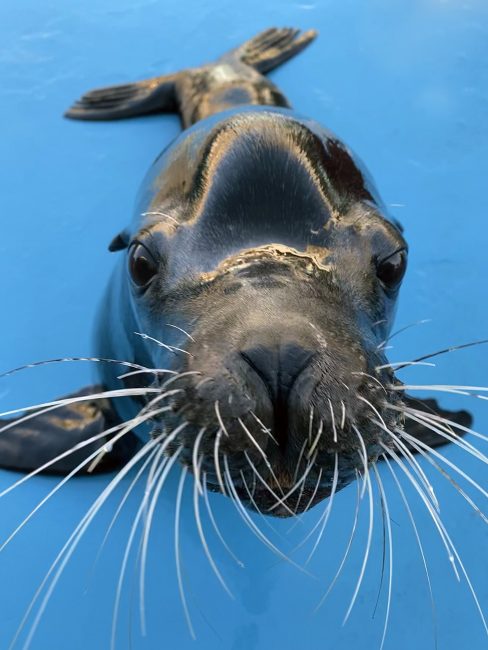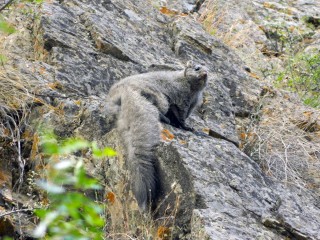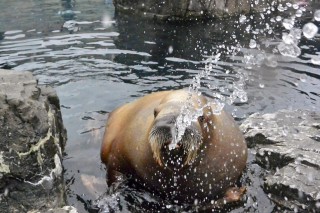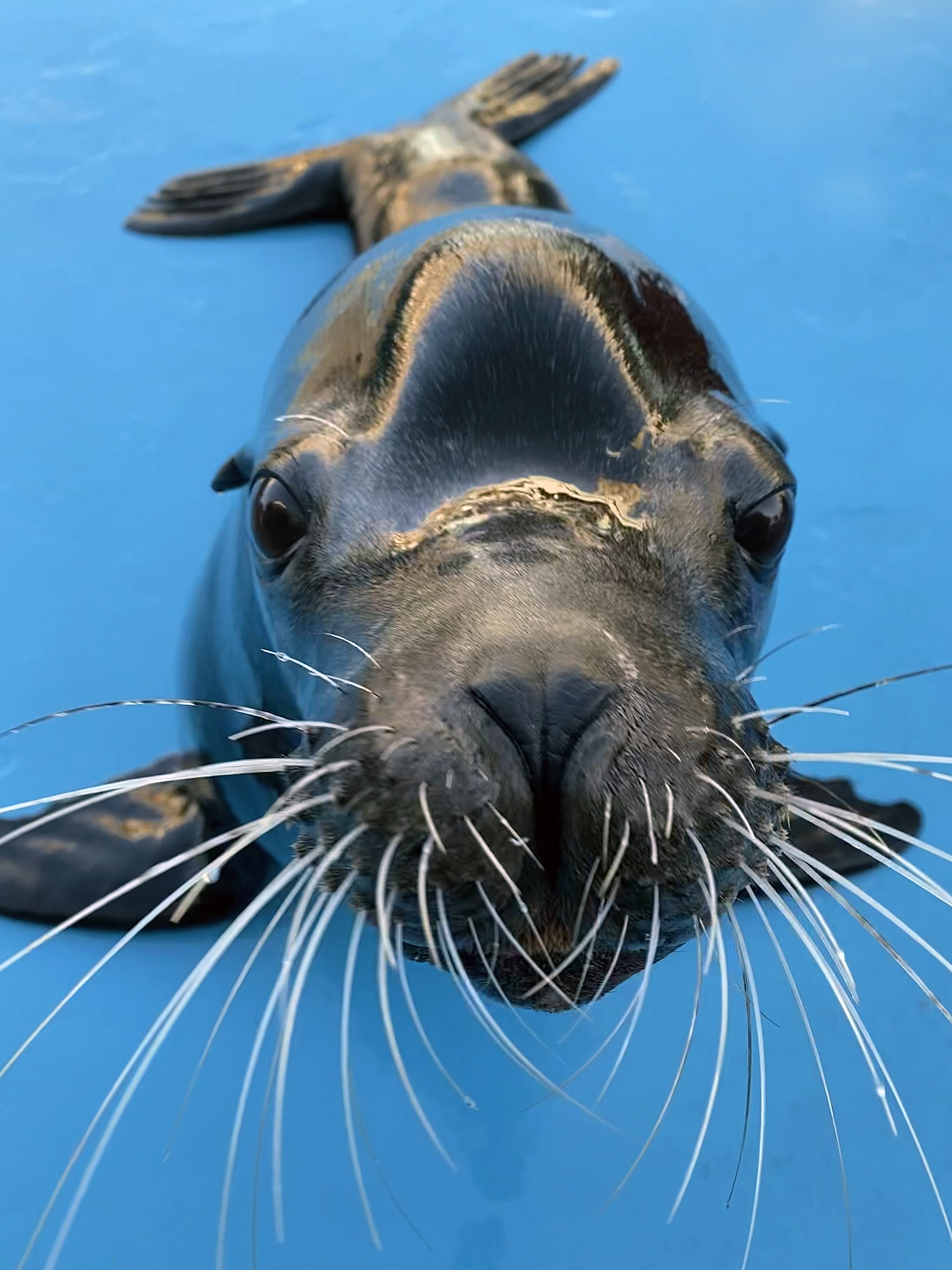
March 16, 2023
Whiskers: Sea Lion Super Sensors
- as seen by -
 Sarah Rashed
Sarah Rashed
Sea lions are fascinating animals. Among these pinnipeds’ most intriguing features are their whiskers.
Sea lion whiskers, also known as vibrissae, serve as an important sensory tool. They are long, stiff hairs highly sensitive to touch and vibrations. The whiskers are located on the sea lion’s snout and around the mouth. They are constantly in motion, providing the animal with feedback about its environment. A primary function of sea lion whiskers is to help them locate prey. While hunting in the wild, their whiskers are used to detect the movement and vibrations of fish and other swimming food sources. Their whiskers are so sensitive that they can pick up on the slightest movements in the water allowing the sea lion to precisely target its next meal. At the Wildlife Conservation Society’s New York Aquarium, we can see the sea lions move their whiskers forward when we toss them fish.
Another important function of sea lion whiskers is for navigation. When sea lions swim in murky waters or in the dark, they use their whiskers to help them avoid obstacles and find their way. It is also believed that sea lions’ whiskers may have evolved to help defend themselves against predators. Whiskers provide sensory information, allowing them to detect the presence of danger and respond quickly.
In addition to their sensory and navigational functions, sea lion whiskers also play a role in communication (above, Townsend at our aquarium). Their whiskers are used to convey a range of emotions, from aggression to playfulness. They may raise their whiskers when they are frightened or defensive or lower them when they are relaxed. Our sea lions extend their whiskers toward each other while vocalizing when they are playing. And some of our animals appear to be highly reinforced when our trainers rub their hands across these long hairs.
Sea lion whiskers are an important adaptation that plays a crucial role in their survival and success. By studying these amazing creatures, we can gain a deeper understanding of their natural world and the processes that shape it.
EDITOR’S NOTE: To celebrate Women’s History Month, Wild View is featuring posts by and about women and their contributions to science and conservation throughout March.




Leave a Comment